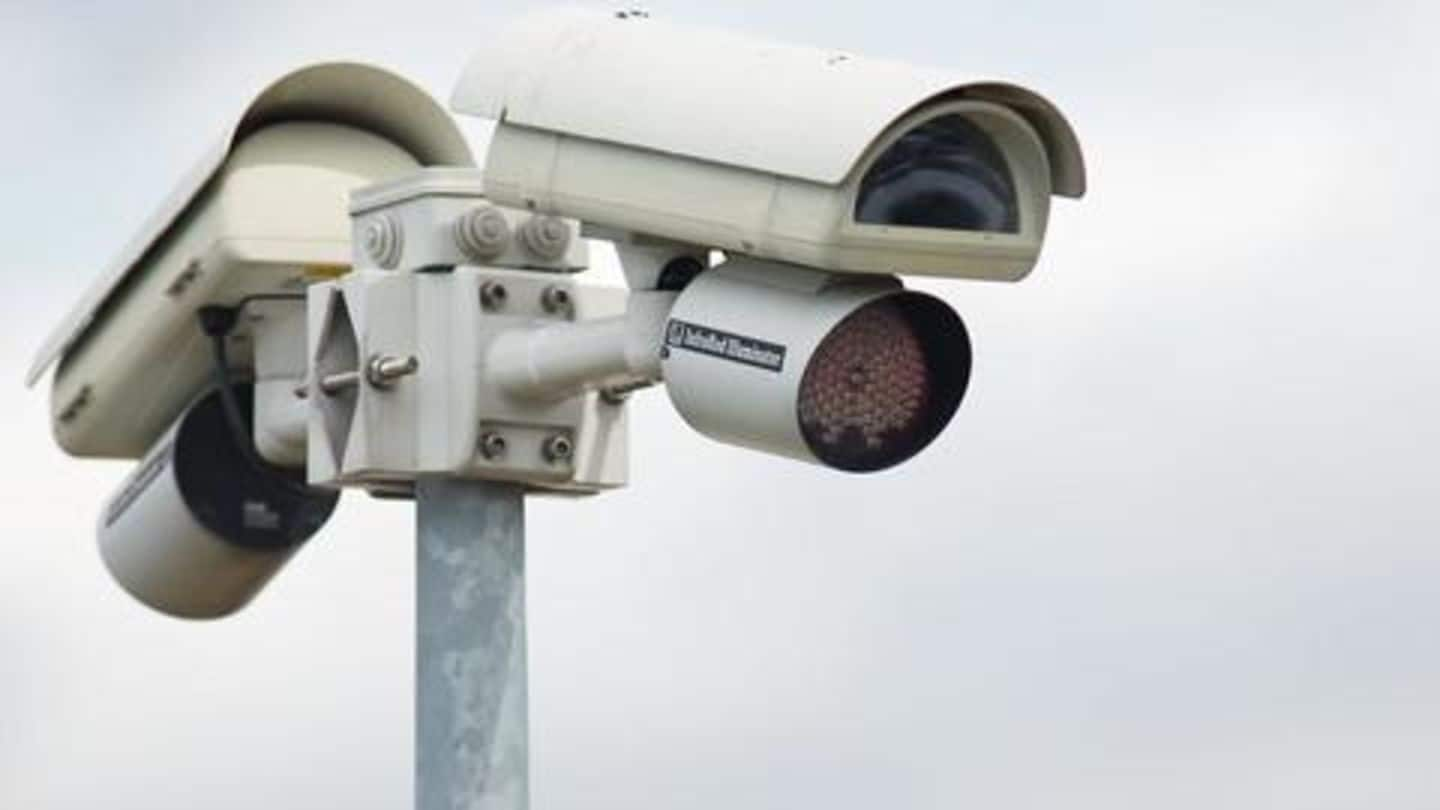
China's hi-tech surveillance camera can see you 45 kilometers away
What's the story
China's surveillance program, where the government monitors citizens and rewards/punishes them according to their behavior, has drawn flak from the global community. Many have argued that it's a breach of individual privacy, but the program still continues to evolve. And, guess what? It could soon get worse, thanks to a scary tool that can photograph you from 45 kilometers away. Here's all about it.
Tool
Surveillance camera for detection and recognition
Researchers hailing from the University of Science and Technology of China have developed a camera that can see you 45 kilometers away. It has been designed for surveillance and target recognition, which means no one can go undetected when this shoebox-sized piece of equipment is on the watch. And, notably, the camera works really well, even in conditions obscuring light such as smog.
Technology
AI leveraged to produce photos from far off
As taking photographs from this far away, and in obscured conditions, is technically impossible for a regular camera, the researchers brought AI into the game. They combined laser photons bouncing off from a subject with a unique computational imaging algorithm to knit sparest of the data points together and create a super high-resolution shot. The results came out with unprecedented clarity.
Laser
Unique laser was developed to penetrate smog, fog
Previously, surveillance cameras relied on LIDAR imaging, which involved shining a laser and measuring the returning photons to resolve a subject's image. However, the technique could only capture subjects sitting up to 16 kilometers away. To expand this range and, most importantly, penetrate through obscuring elements like smog and fog, the researchers had to develop a completely new 1550nm low-power infrared laser.
Image creation
However, the data points were not enough to generate image
The laser developed by the researchers did the job by increasing the density of photons and reducing the noise in the data. However, due to such large distances involved, the data points captured by the camera were not enough in themselves to create an image. This is where their algorithm came in and filled the gaps by piecing the photons into a recognizable image.